What Hi-Fi? Verdict
Aesthetically unassuming, the iOne is an exciting product that puts iFi on the ’i-fi map
Pros
- +
Exciting, detailed and immaculate timing
- +
Small and lightweight
- +
Bluetooth connectivity
Cons
- -
Sound lacks some subtlety and warmth
Why you can trust What Hi-Fi?
What was it your mother taught you about dropping your ‘H’s? We ’adn’t ’eard of iFi before the iOne found its way onto our review schedule, but we’d be more than ’appy to ’ear more.
In its simplest terms, the iOne is a Bluetooth compatible DAC with inputs for USB and S/PDIF hardware. That means you can use it either as an upgrade to your existing digital source, or to add wireless capability to a system without a DAC.
Build
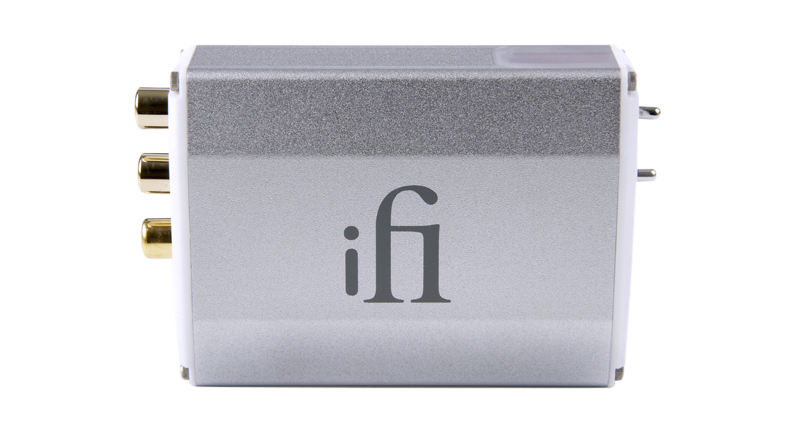
It isn’t much to look at - and we mean that in a literal sense. Measuring only 100mm by 64mm, and weighing just 122g, the iOne is truly befitting of its ‘nano’ tag. There’s no reorganisation necessary to fit it into the rest of your hi-fi system.
There’s little here to console those who’d prefer the more tactile heft of the Arcam irDAC-II, recently reduced by £200 and now this product’s main competitor in the market. However, there’s a clue on iFi’s website as to why the DAC is so lightweight and diminutive.
“How a product looks and performs matters, but so does its impact on the environment,” it says.
“That’s why nearly every iFi product and its packaging are made from highly recyclable materials, and why we refuse to use harmful toxins in our components.” You don’t get an extra star for environmental friendliness, but we have to admire the company’s approach.
MORE: DACs - everything you need to know
The latest hi-fi, home cinema and tech news, reviews, buying advice and deals, direct to your inbox.
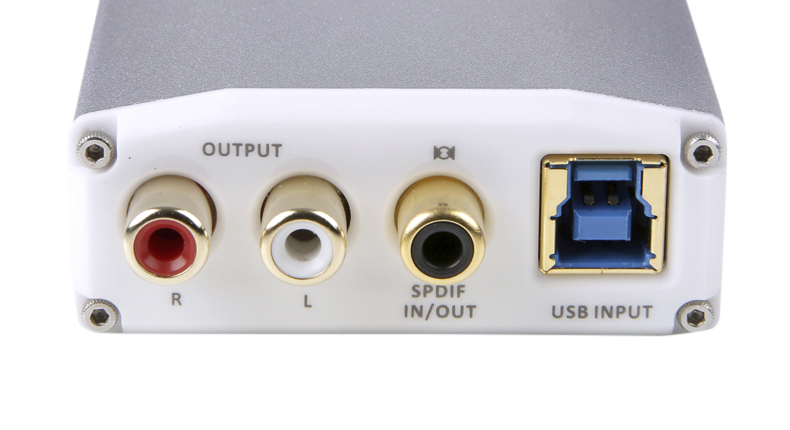
The iOne has a small face, but its features are neatly organised. There is a button for Bluetooth pairing, a backlit iFi logo to signify the source being used, a switch to toggle between sources and another to decide between the digital filter with the best measurements or that with optimum sound.
To the rear you’ll find a space for USB, which can be used either for mains power or a source, S/PDIF input, and output for your stereo interconnects.
Our only quibble is the length of the cables iFi has provided. In all likelihood you’ll have your own interconnects to link it with your existing system, but if not you might need some - the included USB cable is peculiarly short.
MORE: 6 of the best DACs
Sound
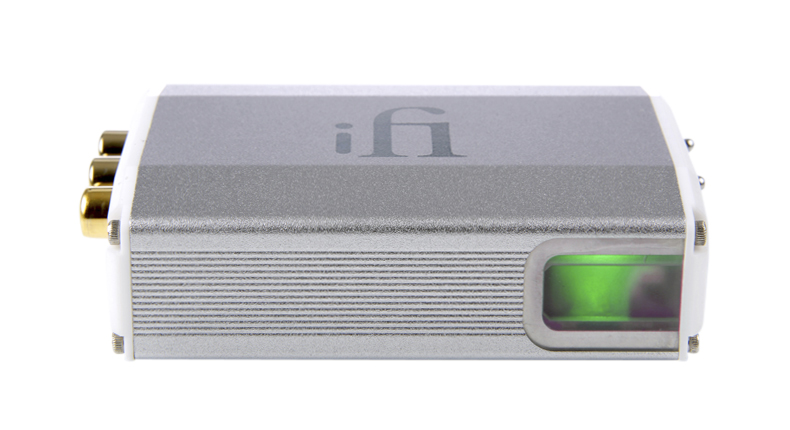
In all honesty, we don’t really know what to expect when we plug the iOne in, so we’re more than happy with what we hear when it's working with our reference Naim streamer and dealing with Radiohead’s Kid A.
The album’s opening track, Everything In Its Right Place, could almost serve as the iOne’s tagline. In no time we feel the song’s driving pulse, Thom Yorke’s fractured vocal (belying the name of the Kaoss Pad on which it is manipulated) and the amount of detail being dug out of the padded keys.
Within a couple of verses we’re enjoying to a cohesive, entertaining performance that has set the iOne firmly on the correct path.
MORE: Best DACs 2017
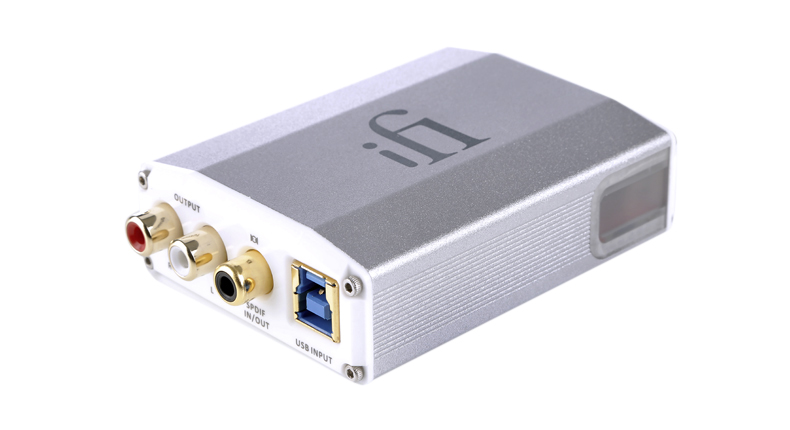
Perhaps the best showcase of the iOne’s varied talents is near the middle of the album, where the drive and busy instrumentation of The National Anthem’s crescendo is juxtaposed against the gorgeously eerie solitude of How To Disappear Completely.
Here the iFi proves it knows how to excite. It knows how to tie everything together with its precise rhythmic understanding and hold it in front of your face so it's impossible to ignore. Yet with its next breath it can draw right back, framing the vulnerability of an acoustic guitar just as adeptly.
MORE: How to build the perfect hi-fi system
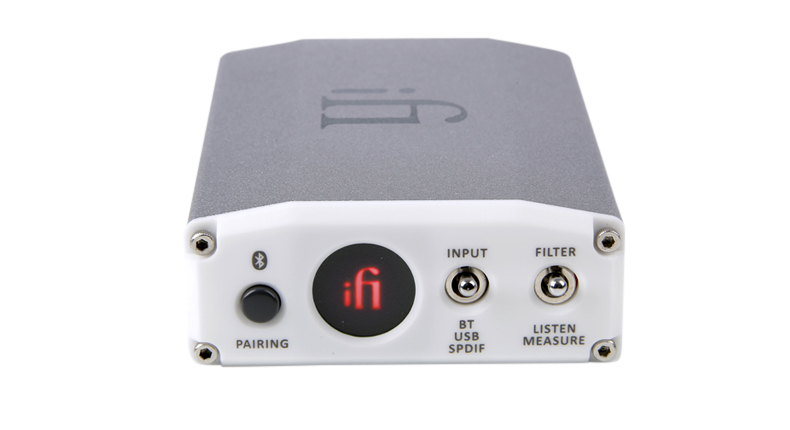
Arcam’s irDAC-II is now available at £295, still almost an extra £100 on the cost of an iOne - but when you consider the former’s optical inputs and headphone output we’re looking at fairly well-matched competitors.
Play the same records through the irDAC-II, however, and it's almost as if we’re hearing different mixes. Now the performance is more spacious, with greater dynamic range and warmth (especially in vocals), but without the iOne's get-up-and-go.
That’s an the aspect of the Arcam’s performance we noted when we first tested it, so it's no surprise it’s still the case. It provides quite a startling contrast in this context.
Verdict
It seems harsh, perhaps, to give neither iFi nor Arcam five stars when there’s nothing else we reckon is all that much better, with these features, at this price.
But switching from one to the other, we realise we miss the assets of the DAC we’ve just heard and vice versa.
If the iOne were to take on some of the subtlety of the irDAC-II, some of those nuances and warmth, it would truly be the one to beat.
For those valuing insight and subtlety, the Arcam is the way forward. But for an entertaining, musical performance that’s impossible to ignore, iFi is undoubtedly one of this month’s delights.
MORE: Read all our DAC reviews
What Hi-Fi?, founded in 1976, is the world's leading independent guide to buying and owning hi-fi and home entertainment products. Our comprehensive tests help you buy the very best for your money, with our advice sections giving you step-by-step information on how to get even more from your music and movies. Everything is tested by our dedicated team of in-house reviewers in our custom-built test rooms in London, Reading and Bath. Our coveted five-star rating and Awards are recognised all over the world as the ultimate seal of approval, so you can buy with absolute confidence.


